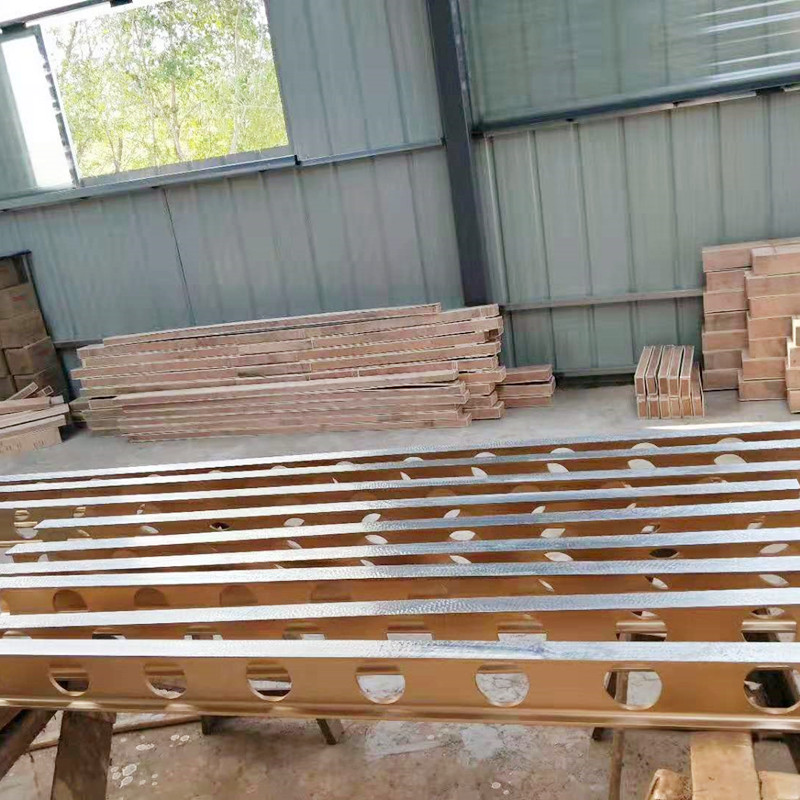Aug . 31, 2024 07:27 Back to list
pin gauge measurement method
Understanding the Pin Gauge Measurement Method
The pin gauge measurement method is a widely used technique in manufacturing and engineering for assessing the dimensional accuracy of holes and other features in components. This method relies on the use of precision-engineered pins that fit into or pass through measured holes, providing a straightforward means of verifying that dimensions meet specified tolerances. In this article, we will explore the principles, applications, and advantages of the pin gauge measurement method.
At its core, the pin gauge method involves using cylindrical pins manufactured to precise diameters. These pins come in various sizes, allowing operators to check whether a hole or feature is oversized, undersized, or correctly dimensioned. The operation is straightforward if a pin fits snugly into a hole, the hole is deemed to be within its acceptable size range. Conversely, if a pin does not fit, it indicates a dimensional deviation that may require corrective action.
One of the key advantages of the pin gauge method is its simplicity and ease of use. Unlike complex measurement instruments that require extensive training and calibration, pin gauges are straightforward tools that can be employed quickly and efficiently by operators at all skill levels. This ease of use is particularly beneficial in high-production environments where rapid checks are essential for maintaining quality control.
In addition to its simplicity, the pin gauge measurement method is renowned for its high level of accuracy and reliability. The pins are manufactured with exceptional precision, allowing them to provide a definitive assessment of hole sizes. The repeatability of measurements ensures that users can trust the results, making it a favored choice in quality assurance processes. Manufacturers can establish a baseline for quality control, minimizing the risk of defective components reaching customers.
pin gauge measurement method

The pin gauge method is versatile and applicable across various industries. In machining and fabrication, it is commonly used to inspect drilled holes, ensuring conformity with design specifications. In the automotive sector, pin gauges are employed to verify the dimensions of engine components, gear housings, and other critical parts. Their applications extend to the aerospace industry, where precision is paramount, and even in the realm of medical device manufacturing, where stringent regulations necessitate rigorous quality controls.
Moreover, the pin gauge measurement method offers a cost-effective solution for manufacturers. Compared to advanced electronic measuring devices, pin gauges are relatively inexpensive and require minimal maintenance. Their durability and longevity mean that they can be used repeatedly over time without significant wear, providing a strong return on investment.
However, while the pin gauge method boasts numerous advantages, it is essential to acknowledge its limitations. This technique primarily measures hole diameters and may not adequately assess other geometric features, such as circularity or surface finish. As a result, it is often used in conjunction with other measurement techniques to provide a comprehensive assessment of a component's quality.
In conclusion, the pin gauge measurement method is an invaluable tool in the arsenal of manufacturing and engineering professionals. Its combination of simplicity, accuracy, versatility, and cost-effectiveness makes it an ideal choice for ensuring dimensional compliance in various industries. As technology continues to evolve, the fundamental principles of pin gauge measurement will remain relevant, underpinning the relentless pursuit of quality and precision in production processes.
-
Ball Valve Body Types — Durable, Customizable, In StockNewsNov.05,2025
-
Spline Gauge Precision | Custom Design & ISO CertifiedNewsNov.04,2025
-
Ball Valve Body Types: Durable, Corrosion-Resistant BuildNewsNov.03,2025
-
Knife Edge Ruler | Precision Straightedge for InspectionNewsNov.03,2025
-
Inspection Ruler – Precision Measuring, Durable & CertifiedNewsNov.03,2025
-
Types of Micrometer: Pro-Grade Sets, Thread & StandardsNewsNov.03,2025
Related PRODUCTS









